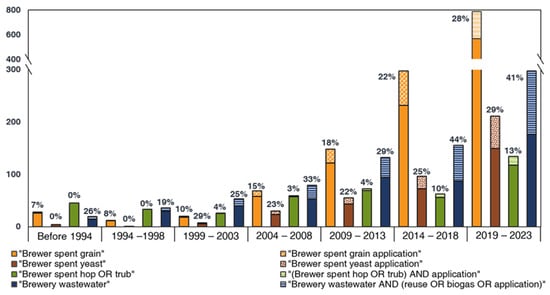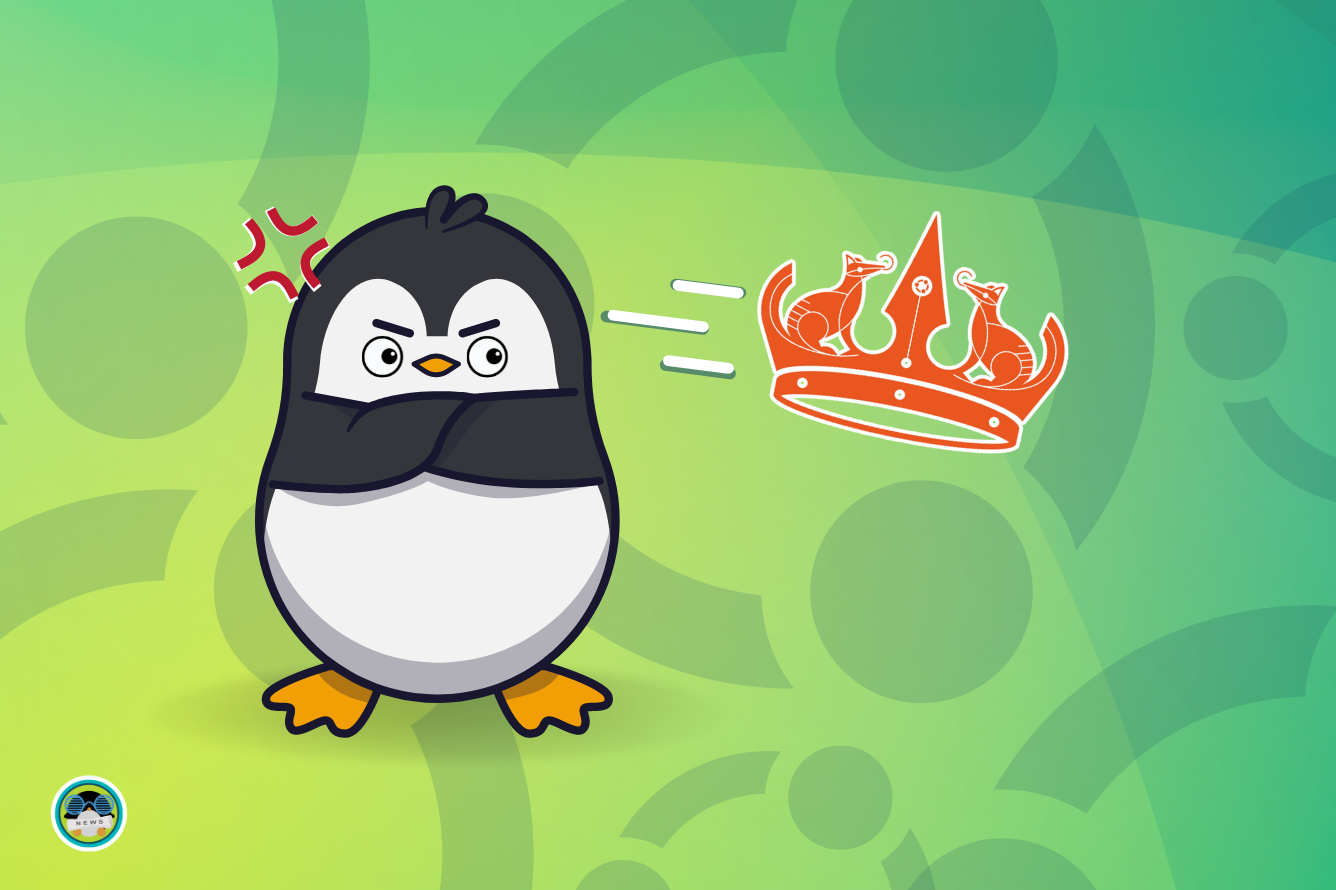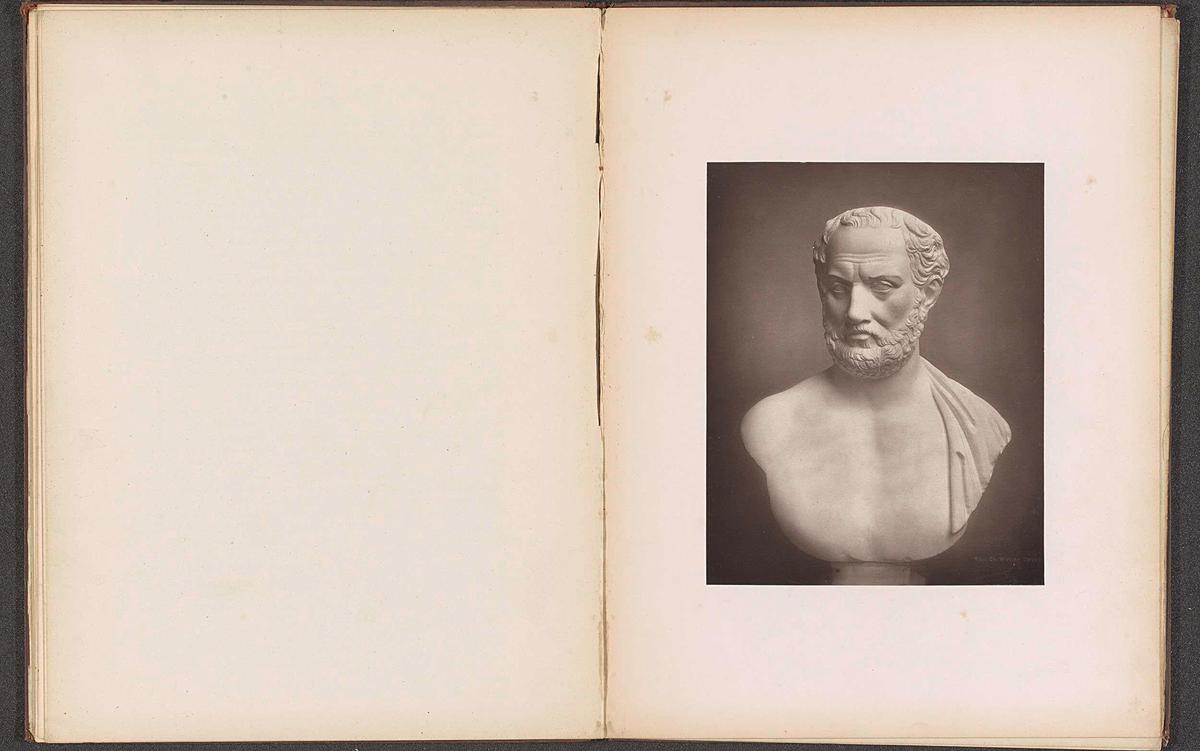Encyclopedia Astronautica
Oberg Corner The latest from Jim Oberg, the dean of American space historians. The Mishin Diaries Podsadka - Failed Plan to Win the Moon Race Podsadka was a secret plan to use a two-launch scheme to shoot the first Soviet crew around the moon. The reason for the puzzling Soyuz manned launches in 1966-1969 are revealed to be tests of this scheme. The effort was bandoned after Apollo 8 orbited the moon and the L1 program was cancelled. N1-L3: Two Launches to Get One Man on the Moon The single-launch approach to the moon landing sold to the Soviet leadership was unachievable due to payload shortfalls and safety considerations. By the time of America's first landing on the moon, it had degenerated into a two-launch scheme. The first launch would deliver a Ye-8-2 robot rover to place a homing beacon at a safe location for the manned landing; and a reserve unmanned LK-R lander to provide a way home in case the primary LK lander failed on the lunar surface. The second launch would result in the single-crew LK lander setting down near the beacon and reserve lander... MKBS - Secret Origin of Mir and Soyuz T The MKBS was an N1-launched, nuclear-powered orbital battle station that would assure Soviet dominance of space through use of beam weapons. It was developed in 1969-1974, only to be ended when the N1 booster necessary to put it in orbit was cancelled. However the spacecraft and systems developed for it became the basis for the Soviet manned space program of the 1970's and 1980's. Man-in-Space Soonest - The canceled USAF project to put a man in orbit by 1960 - a year ahead of the Russians! Bono In the 1960's Philip Bono proposed a series of innovative designs that would enable airline-like access to space. ... Russian Lunar Program Soviet Lunar Projects The Russians began three years later in competing with Apollo, and wasted time in competing efforts and internal wrangling. Soyuz 7K-L1 Russian manned lunar flyby spacecraft which would have beat Americans around the moon if not for intractable technical failures... Russia: Why did the Soviet Union lose the Moon Race? The reasons the Americans were first on the moon, as given by the major Soviet participants. The Real Moon Landing Hoax How the Soviet Union fooled the world into believing it wasn't in the moon race. Soyuz 7K-LOK The two-crew LOK lunar orbiting spacecraft was to be placed in lunar orbit before the Americans. One cosmonaut would transfer to the LK lunar lander and plant the Soviet flag on the moon. Luna Ye-8-5 When it was clear the LK would not be ready in time, this robotic lunar lander was built in a crash program to return a sample of lunar soil to earth before Apollo 11 mission. N1 The N1 launch vehicle, developed by Russia in the 1960's, was to be the Soviet Union's counterpart to the Saturn V and send Soviet cosmonauts to a lunar landing. Russian Alternatives LK-1 Chelomei's manned circumlunar spacecraft. Underway when cancelled in favor of Korolev's L1.... LK-700 Chelomei's direct-landing alternative to Korolev's L3 manned lunar landing design. ... UR-700 The UR-700 was the member of Vladimir Chelomei's Universal Rocket family designed to take two Soviet cosmonauts on a direct flight to the moon. R-56 Ukrainian heavy-lift orbital launch vehicle. The R-56 was Yangel's ultimate superbooster design for the lunar mission in competition with the N1 and UR-700. American Lunar Program Apollo Lunar Landing American project that resulted in an American being the first (and only) human to walk on the moon. Begun in 1962; first landing on the moon 1969; sixth and final lunar landing in 1972. Hardware was available for three further missions, but program was cancelled due to risk, the Soviets getting out of the race, and loss of public support and interest. Apollo 7 First manned test of the Apollo spacecraft. Although the systems worked well, the crew became grumpy with head colds and talked back to the ground. As a result, NASA management determined that none of them would fly again. Apollo 503 Cancelled Apollo E mission - test of the Apollo lunar module in high earth orbit. Lunar module was not ready. Instead mission flown only with CSM into lunar orbit as Apollo 8. Apollo 8 First manned flight to lunar orbit. Speed (10,807 m/s) and altitude (378,504 km) records. Mission resulted from audacious decision to send crew around moon to beat Soviets on only second manned Apollo CSM mission and third Saturn V launch. Apollo 9 First manned test of the Lunar Module. First test of the Apollo space suits. First manned flight of a spacecraft incapable of returning to earth. If rendezvous of the Lunar Module with the Apollo CSM had failed, crew would have been stranded in orbit. Apollo 10 Final dress rehearsal in lunar orbit for landing on moon. LM separated and descended to 10 km from surface of moon but did not land. Speed record (11,107 m/s).
















